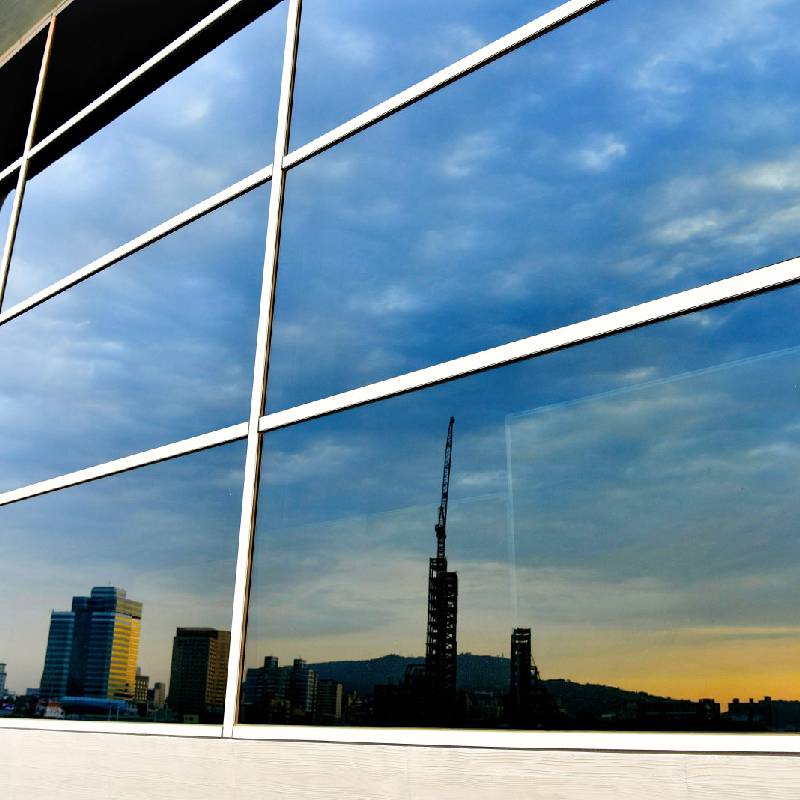

The Benefits of Low-E Glass Panes Enhancing Energy Efficiency and Comfort
In today's world, where environmental sustainability and energy efficiency are at the forefront of construction and home improvement discussions, low-emissivity (Low-E) glass panes have emerged as a revolutionary product. These specialized glass panes are designed to improve energy efficiency, provide enhanced comfort, and reduce environmental impact. This article delves into the benefits of Low-E glass panes, illustrating why they are an essential feature for modern architecture and home design.
Understanding Low-E Glass
Low-E glass is characterized by a special coating that reflects heat. This microscopic layer can be applied to one or both sides of the glass and is designed to minimize the amount of ultraviolet and infrared light that can pass through the glass without compromising the amount of visible light entering a space. The result is a barrier that helps control the temperature within a building while also allowing natural light to illuminate interiors.
Energy Efficiency
One of the primary benefits of Low-E glass panes is their significant contribution to energy efficiency. Traditional windows can account for a substantial amount of energy loss in buildings, leading to higher heating and cooling costs. Low-E glass panes are engineered to lower the U-factor, which measures how effectively a building element conducts non-solar heat flow. By retaining indoor heat during the winter and reflecting it away in the summer, Low-E glass panes reduce the reliance on heating and cooling systems.
According to various studies, homes equipped with Low-E glass can save homeowners anywhere from 20% to 30% on energy bills compared to homes with regular glass. This reduction in energy consumption not only translates into financial savings but also decreases the carbon footprint associated with energy use, making it a practical choice for environmentally conscious homeowners.
Comfort and Temperature Regulation
In addition to energy savings, Low-E glass panes greatly enhance the comfort of a living space. Traditional windows often allow significant solar heat gain during the summer, creating uncomfortable indoor temperatures and reliance on air conditioning systems. With Low-E coatings, the heat from the sun is blocked, allowing for more stable indoor temperatures regardless of external weather conditions.

Furthermore, Low-E glass minimizes cold drafts in the winter, as it helps retain warm air generated by heating systems. This temperature regulation leads to a more consistent and pleasant indoor environment year-round, which is particularly beneficial for those sensitive to temperature fluctuations.
UV Protection
Another critical advantage of Low-E glass panes is their ability to block harmful ultraviolet (UV) rays. Prolonged exposure to UV rays can cause significant damage to furniture, flooring, and artwork, leading to fading and deterioration over time. Low-E glass can block up to 99% of these harmful rays, providing an essential layer of protection for valuable possessions and enhancing the longevity of interiors.
Environmental Impact
The use of Low-E glass contributes positively to environmental sustainability. By improving energy efficiency and reducing the demand for heating and cooling, these panes play a vital role in lowering greenhouse gas emissions. Furthermore, as Low-E glass can help maintain comfortable indoor environments, it encourages less reliance on energy-intensive HVAC systems, thus promoting a reduction in overall energy consumption.
Aesthetic Appeal
Beyond their functional benefits, Low-E glass panes also offer aesthetic advantages. Available in various styles and thicknesses, Low-E glass can enhance the architectural beauty of a building while ensuring optimal performance. Designers and architects appreciate that they can integrate energy-efficient solutions without compromising visual appeal.
Conclusion
In a world increasingly focused on energy efficiency and sustainability, low-emissivity (Low-E) glass panes represent an innovative and effective solution to common building challenges. With their ability to enhance energy efficiency, improve indoor comfort, block harmful UV rays, and contribute positively to environmental sustainability, Low-E glass is an indispensable component of modern construction. As homeowners and builders alike continue to prioritize responsible design choices, Low-E glass panes will undoubtedly remain a popular choice for those seeking to elevate their living spaces while minimizing their environmental impact.